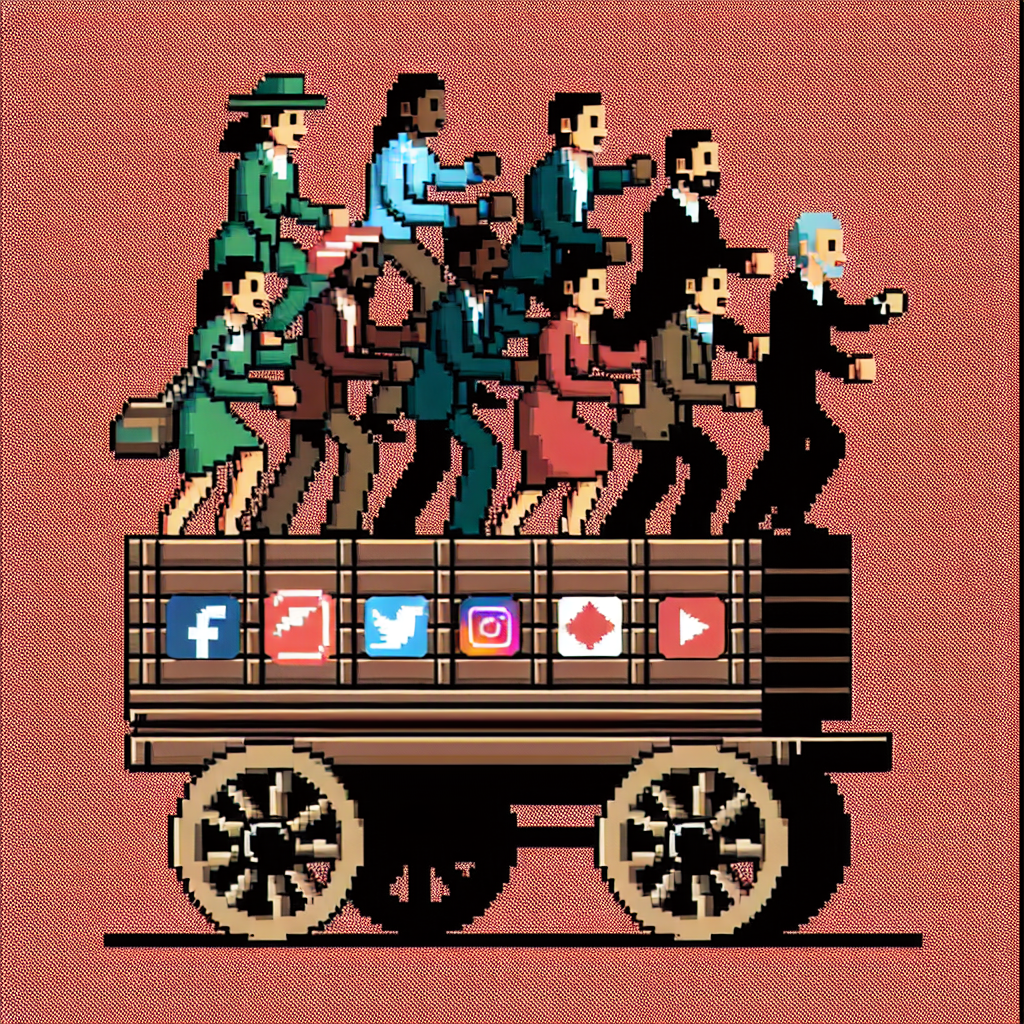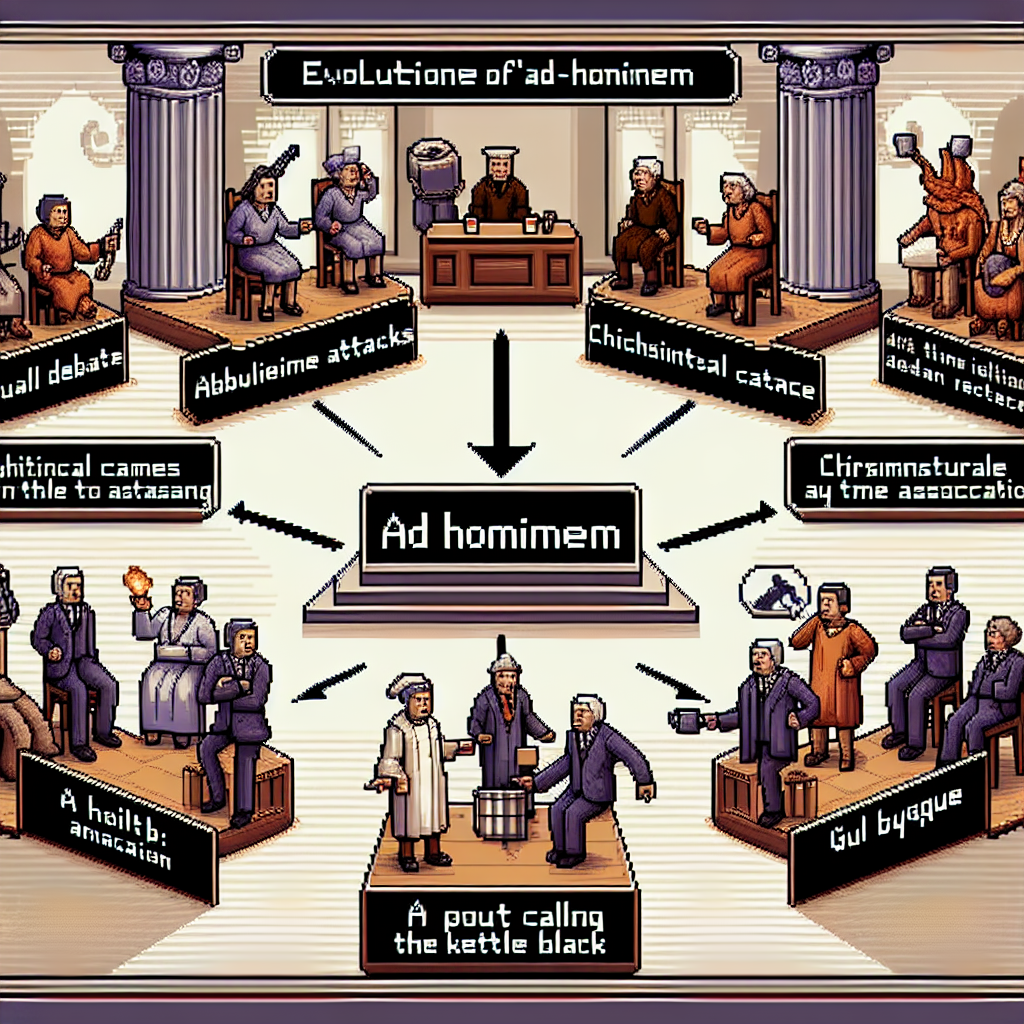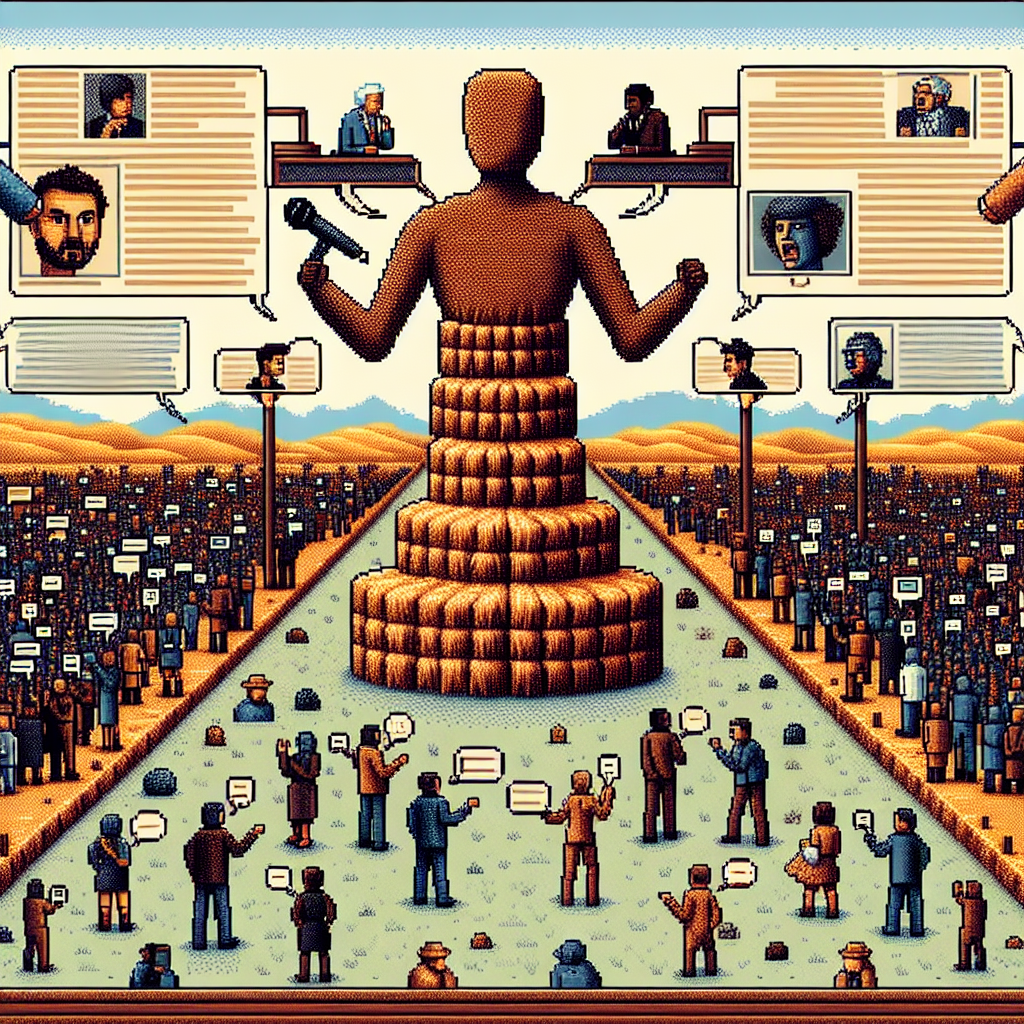Bandwagon: Understanding the Fallacy
Introduction
The Bandwagon Fallacy is a common logical error that occurs when someone assumes a belief or action is correct simply because it is popular. In today’s digital landscape, where information spreads rapidly across platforms, understanding this fallacy is crucial. With the explosion of social media and online forums, the pressure to conform to popular opinion is more pronounced.
Before diving deeper into its origins and implications, it’s essential to recognize the relevance of the Bandwagon effect. Because individuals often rely on social cues to make decisions, they may follow trends without critically examining their validity. Additionally, during times of uncertainty, the tendency to jump on the Bandwagon can lead to widespread misinformation and groupthink. To navigate this digital age responsibly, recognizing and resisting the Bandwagon Fallacy is not only beneficial but necessary for fostering informed and independent decision-making.
Historical Context of the Bandwagon
Origins of the Bandwagon Concept
The concept of the Bandwagon traces its roots back to the 19th century when political campaigns would literally use bandwagons in parades to attract crowds. Before the term became associated with logical fallacies, it was seen as a clever tactic to symbolize a communal effort and broadcast popularity. During this period, the mere presence of a bandwagon meant that a candidate was gaining support, signifying a growing momentum that others would want to join.
Notable Examples in History
Throughout history, various movements have leveraged the Bandwagon effect to gain mass appeal. A notable example includes the Prohibition era in the United States, where media and political efforts swayed public opinion toward supporting a nationwide ban on alcohol. Additionally, in the rise of consumer culture during the 20th century, companies harnessed this effect to turn products into widely accepted norms. Despite evolving platforms and technologies, the core concept of the Bandwagon remains deeply influential.
The Bandwagon Effect in Modern Media
Role of Social Media in Amplifying the Effect
In today’s interconnected world, social media plays a pivotal role in amplifying the Bandwagon effect by rapidly spreading popular opinions and trends. Because users are continuously exposed to a barrage of likes, shares, and comments, it becomes increasingly challenging to form personal opinions independently. Despite the benefits of staying informed, individuals often succumb to following the herd without critical analysis.
The Influence of Public Opinion on Media Narratives
Media outlets frequently rely on public opinion to shape their narratives, which can result in stories that cater to prevailing beliefs rather than presenting an unbiased view. During news cycles, the pressure to conform to dominant perspectives can lead to a homogenized media landscape. However, by being aware of these dynamics, consumers and journalists alike can strive for more balanced and diverse viewpoints, thus resisting the urge to jump on the bandwagon.
Understanding the Bandwagon Effect: Psychological Factors
Herd Mentality and Cognitive Biases
The influence of the Bandwagon effect in modern decision-making is closely linked to human psychological factors. At the core of this phenomenon is herd mentality, a natural inclination to conform to the behaviors and beliefs of the majority. Additionally, cognitive biases, such as the availability heuristic, further support this effect by making widely endorsed ideas seem more credible than they might actually be. Before we explore solutions, it’s important to recognize how these biases manifest during everyday interactions. Cognitive biases skew our perception because they often simplify complex social environments, allowing for rapid but sometimes flawed decision-making. While herd mentality can lead to collective errors, understanding its roots enables us to address the challenges it presents. By being more aware of these psychological underpinnings, individuals can resist automatically jumping on the bandwagon trend. Education and self-awareness are key strategies in fostering critical thinking and encouraging individual analysis, ultimately mitigating the negative impacts of the bandwagon fallacy.
Bandwagon Phenomenon in Marketing
Case Studies of Successful Bandwagon Marketing Campaigns
Successful marketing campaigns often thrive on creating a Bandwagon effect that encourages consumers to follow the crowd. For example, a case where a well-executed social media campaign creates viral interest can amplify popularity in a short time. Marketers leverage emerging trends by tapping into cultural moments or leveraging endorsements from influencers, thereby unleashing a phenomenon where everyone seemingly rushes to become a part of the trend. This approach not only heightens visibility but can also lead to an exponential growth in product engagement and sales.
Risks and Rewards for Brands
Nonetheless, brands must weigh the rewards against potential risks, as the Bandwagon effect can fade as quickly as it arrives. Companies risk oversaturating the market or appearing as if they’re just hopping onto trends without authenticity. Therefore, during the planning stages, brands must ensure their message remains consistent and maintains genuine consumer appeal, preventing any potential backlash or loss of brand integrity.
Bandwagon Thinking in Politics
Impact on Elections and Public Policy
The Bandwagon effect plays a crucial role in shaping political landscapes, impacting elections and public policy in significant ways. Political campaigns often exploit this phenomenon to their advantage, using it to amplify their reach and influence potential voters. The widespread use of social media platforms has further magnified this effect, allowing ideas to gain traction quickly because of their perceived popularity. Additionally, during election seasons, polling data and media coverage can sway public opinion, leading to bandwagon voting where individuals choose a candidate based on their apparent popularity rather than personal conviction.
Strategies Political Campaigns Use to Leverage the Effect
Successful political campaigns adopt specific strategies to harness the Bandwagon effect effectively. They focus on creating a strong narrative and build a sense of momentum that appears unstoppable, encouraging undecided voters to join the winning team. Campaigns often highlight endorsements from influential figures while emphasizing media coverage that portrays the candidate as the frontrunner. Despite the effectiveness of these tactics, it is essential for voters to cultivate critical thinking and assess policies independently, avoiding the trap of simply following prevailing trends.
Bandwagon Influence on Consumer Behavior: A Case Study
Trends and Fads: What Drives Consumer Choices?
In today’s digital age, the Bandwagon phenomenon significantly sways consumer choices. Consider the recent surge in popularity of eco-friendly products. Many consumers, eager to align with green trends, rushed to purchase reusable straws and bamboo toothbrushes. This sudden shift was not solely due to environmental consciousness but also because of social media influencers endorsing these items. Additionally, the influx of positive reviews amplified their appeal, enticing even more people to join the movement.
The Role of Reviews and Ratings
During this eco-friendly trend, reviews and ratings played a crucial role in shaping public perception. Influencers capitalized on this by showcasing sustainable products’ benefits in high-ranking posts, creating a ripple effect among their followers. To mitigate falling prey to such Bandwagon tactics, consumers should critically assess their motivations. Evaluating the authenticity of reviews and ratings can aid in making well-informed decisions before jumping on trends.


